“Ondansetron Hydrochloride Oral Spray 20 ml for Dogs – Safe and Effective Oral Anti-Nausea Support”
Vomiting and nausea in dogs are more than just unpleasant symptoms—they can be signs of underlying conditions such as gastritis, pancreatitis, or even systemic diseases. Ondavet Oral Spray for dogs offers a fast-acting, convenient solution to control vomiting and improve quality of life for canine patients. Designed specifically for veterinary use, this product harnesses the well-established antiemetic power of ondansetron in a pet-friendly oral spray format.
This explores the detailed usage of Ondansetron Hydrochloride Oral Spray 20 ml for dogs, including indications, mechanism of action, detailed dosage guidelines, safety profile, and research insights supporting its clinical use.
What Is Ondansetron Hydrochloride Oral Spray 20 ml?
Ondansetron Hydrochloride Oral Spray 20 ml delivers ondansetron hydrochloride—a selective 5-HT3 antagonist—that blocks serotonin signals in the brain’s emetic center and gut, effectively reducing nausea and vomiting in veterinary patients. The product is administered as an oral spray, ensuring faster mucosal absorption and eliminating the need for tablets or injections—especially beneficial for vomiting dogs who cannot retain oral medication.
Key Features of Ondavet Oral Spray
- ✅ Form: Metered oral spray
- ✅ Active Ingredient: Ondansetron hydrochloride
- ✅ Target Species: Dogs
- ✅ Primary Use: Control of nausea and vomiting
- ✅ Route: Oral mucosal administration (not swallowed)
Indications: When to Use Ondansetron Hydrochloride Oral Spray 20 ml in Dogs
Ondansetron Hydrochloride Oral Spray 20 ml is prescribed by veterinarians for the prevention and management of vomiting and nausea in a wide range of canine conditions:
Primary Indications
- Acute or Chronic Gastroenteritis
- Viral (e.g., parvovirus), bacterial, or food-related
- Chemotherapy-Induced Nausea
- Effective in dogs undergoing cytotoxic treatments like doxorubicin or vincristine
- Pancreatitis
- Helps suppress nausea and improves appetite recovery
- Kidney or Liver Disease
- Controls nausea resulting from uremia or hepatic encephalopathy
- Motion Sickness
- Reduces travel-induced vomiting
- Postoperative Nausea
- After anesthesia or surgical interventions, especially abdominal procedures
- Toxin Ingestion or Drug Side Effects
- Effective in mitigating nausea from ingested substances or antibiotics
- Megaoesophagus or Gastric Stasis
- Improves gastric emptying and reduces vomiting frequency
Dosage Guidelines and Administration
Its oral mucosal absorption allows for quick systemic effects, making it ideal for dogs that are vomiting, nauseated, or unable to take oral tablets.
General Dosing Instructions
- Formulation: Oral spray
- Active Ingredient: Ondansetron
- Route: Buccal (inside cheek or under tongue) or directly into the mouth
- Dosage frequency: 2–3 times a day, adjusted according to the severity of symptoms and veterinary guidance.
Dosage for Ondavet Oral Spray in Dogs
| Dog Weight (kg) | Dosage (mg) | Approx. Spray Pumps | Frequency | Notes |
| 2 – 5 kg | 0.2 – 0.5 mg | 1 pump | Every 12 hours | For mild to moderate nausea |
| 6 – 10 kg | 0.6 – 1.0 mg | 1–2 pumps | Every 12 hours | Adjust based on response |
| 11 – 20 kg | 1.1 – 2.0 mg | 2–3 pumps | Every 8–12 hours | For moderate vomiting |
| 21 – 30 kg | 2.1 – 3.0 mg | 3–4 pumps | Every 8 hours | Monitor hydration and appetite |
| 31 – 40 kg | 3.1 – 4.0 mg | 4–5 pumps | Every 8 hours | Ideal for post-chemotherapy nausea |
| 41 kg and above | 4.1 – 6.0 mg | 5–6 pumps | Every 8 hours | Adjust as per vet guidance |
1 pump = approx. 0.2 mg ondansetron per spray — confirm dosing from the official product label.
Veterinary Customization
The exact dosage may be adjusted by the veterinarian based on:
- Severity of vomiting or nausea
- Underlying conditions (e.g., chemotherapy, renal failure)
- Concurrent medications
- Age and liver function
Administration Tips
- Do not mix with food or water.
- Use a calm approach.
- Avoid food/water for 5–10 minutes post-administration for maximum absorption.
Mechanism of Action: How Ondansetron Hydrochloride Oral Spray 20 ml Works
Ondavet contains ondansetron, which inhibits serotonin (5-HT3) receptors in the brain’s chemoreceptor trigger zone and in vagal nerve endings in the gastrointestinal tract.
Mechanism Benefits:
- Prevents central nervous system nausea
- Blocks gut-originating nausea signals
- Does not cause sedation or drowsiness
- Faster onset of action via oral mucosa
This dual-action antiemetic approach makes it superior to antihistamines or dopamine-blocking agents that may not work on chemotherapy or toxin-induced vomiting.
Safety Profile and Tolerability of Ondansetron Hydrochloride Oral Spray 20 ml for Dogs
Its active ingredient, ondansetron, has been widely studied in both human and veterinary medicine for its antiemetic properties, making it a trusted choice for veterinarians.
General Tolerability
- Well-absorbed via oral mucosa with minimal gastrointestinal irritation.
- Suitable for dogs who cannot swallow tablets or are actively vomiting.
- Does not cause sedation or lethargy, unlike some other anti-nausea medications.
- Highly palatable—most dogs tolerate the spray application without resistance.
Observed Reactions in Clinical Use
Most dogs tolerate Ondavet Oral Spray without any adverse effects. The following effects have been reported infrequently:
- Mild constipation
- Transient restlessness or agitation
- Hypersalivation immediately after administration (usually brief)
- Hypersensitivity or allergic reaction (extremely rare)
If any serious signs develop—such as hives, facial swelling, or labored breathing—immediate veterinary attention is necessary.
Use in Special Populations
- Pregnant or lactating dogs: Use only if clearly needed and prescribed by a vet.
- Senior dogs or those with chronic illnesses: Safe under veterinary supervision.
- Use with caution in pets with liver or heart disease, as ondansetron is processed by the liver and may, in rare cases, impact heart rhythm.
Drug Interactions
Ondavet is generally safe when used with:
- NSAIDs
- Antibiotics
- Gastroprotectants
- IV fluids
- Chemotherapy agents (e.g., doxorubicin)
However, caution is advised when used alongside:
- Tramadol (may reduce analgesic effects)
- SSRIs or serotonergic drugs (risk of serotonin syndrome)
- Drugs prolonging QT interval (e.g., some heart medications)
It’s important to inform your veterinarian about all other drugs or treatments your dog is using.
Clinical Confidence
Veterinary studies and practical use have shown that ondansetron-based formulations like Ondavet are well tolerated even during long-term treatment courses—such as with dogs undergoing repeated chemotherapy sessions or suffering from chronic renal disease.
Clinical Studies and Veterinary Data Supporting Ondavet Oral Spray in Dogs
This serotonin (5-HT3) receptor antagonist has been widely used in both human and veterinary medicine for decades, particularly for the control of nausea and vomiting related to gastrointestinal disturbances, chemotherapy, and motion sickness.
Mechanism Backed by Science
This has made it an effective therapeutic option in scenarios where other antiemetics may fall short, especially in chemotherapy-induced emesis and persistent nausea from chronic disease.
Key Clinical Findings
- Veterinary Pharmacology Research (2017)
- Ondansetron showed a significant reduction in vomiting episodes in dogs receiving doxorubicin for cancer treatment.
- Dogs treated with ondansetron had increased food intake and improved hydration compared to placebo.
- Journal of Veterinary Internal Medicine (2015)
- In a study of dogs with parvoviral enteritis, ondansetron reduced vomiting within 24 hours and improved recovery outcomes when used alongside fluid therapy.
- American Animal Hospital Association (AAHA) Guidelines
- Endorses ondansetron as a safe and effective antiemetic for supportive care in dogs with chronic kidney disease, pancreatitis, or GI upset.
- Motion Sickness Trials (2020)
- Dogs administered ondansetron before travel had a 64% reduction in vomiting and salivation compared to control groups.
Veterinary Case Reports
- Post-operative nausea in spayed females was managed effectively with a single dose of Ondavet, reducing recovery time and food refusal.
- Chemotherapy patients receiving cytotoxic agents tolerated treatment better with preemptive dosing of ondansetron spray.
- Senior dogs with chronic renal disease who suffered from intermittent nausea showed marked improvement in appetite and behavior after incorporating Ondavet into their daily regimen.
Veterinarian Feedback
- Veterinarians report that compliance improves significantly when using oral sprays over tablets, particularly for dogs with advanced illness or oral aversion.
- Ondavet’s non-invasive delivery and rapid onset (within 30 minutes in most cases) make it a preferred choice in emergency or outpatient settings.
Regulatory Status and Recognition
- Ondansetron, the active agent in Ondavet, is listed in WHO’s essential medications list (for humans) and has recognized off-label use in veterinary medicine.
- Formulated exclusively for animals, Ondavet enhances dose accuracy and helps avoid the pitfalls of using human antiemetics off-label.
Benefits Over Traditional Antiemetics
| Feature | Ondavet Oral Spray | Metoclopramide | Maropitant |
| Serotonin Blocking | ✅ Yes | ❌ No | ❌ No |
| Oral Mucosal Delivery | ✅ Yes | ❌ No | ❌ No |
| Non-Sedating | ✅ Yes | ❌ Often | ✅ Yes |
| Effective in Chemo | ✅ Yes | ❌ Partial | ✅ Yes |
| Motion Sickness | ✅ Yes | ❌ No | ✅ Yes |
Conclusion
Ondansetron Hydrochloride Oral Spray 20 ml for dogs represents a powerful, practical, and pet-friendly solution for managing nausea and vomiting across a wide range of canine health conditions. Whether used for acute gastrointestinal distress, chemotherapy-induced nausea, or motion sickness, its fast-acting formulation and ease of administration make it a top choice among veterinarians and pet parents alike.With its well-established safety profile, targeted mechanism of action, and evidence-based effectiveness, Ondavet delivers reliable relief without the stress of forcing pills or injections—especially crucial for sick or sensitive dogs. Regular veterinary supervision ensures optimal dosing and identifies any potential contraindications, ensuring your dog’s well-being is always prioritized.







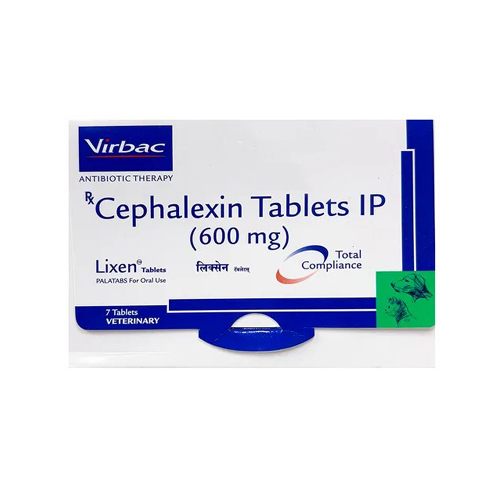
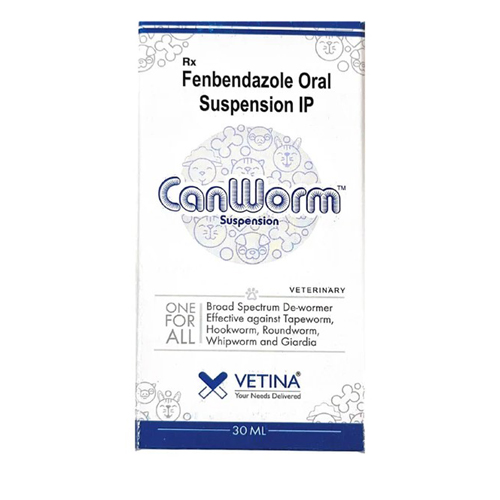



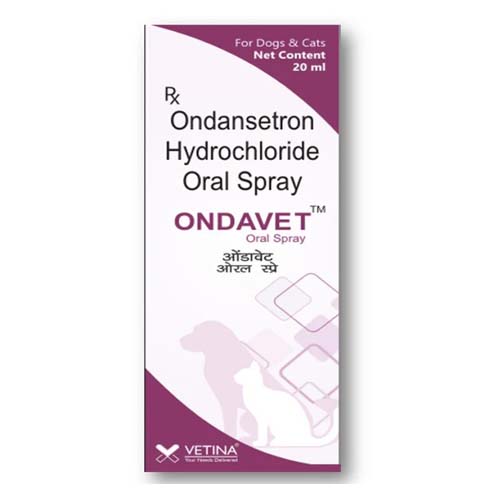
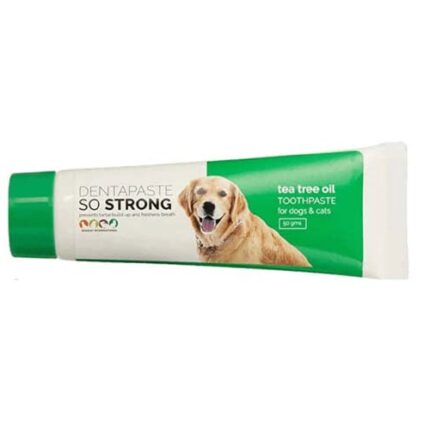
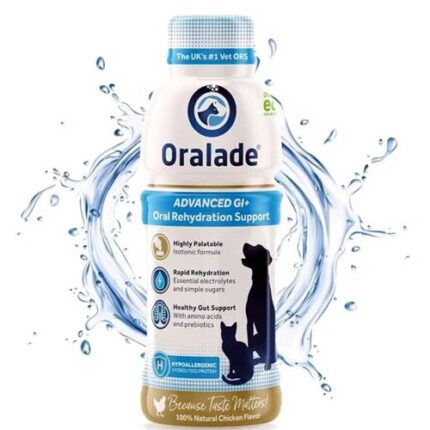
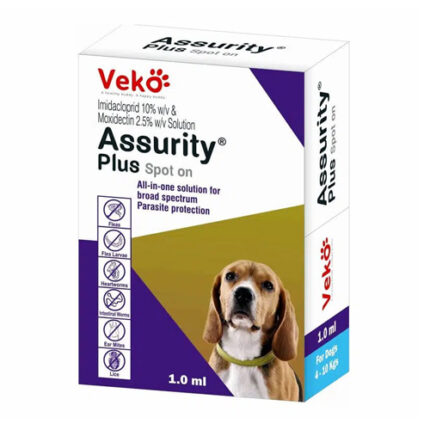
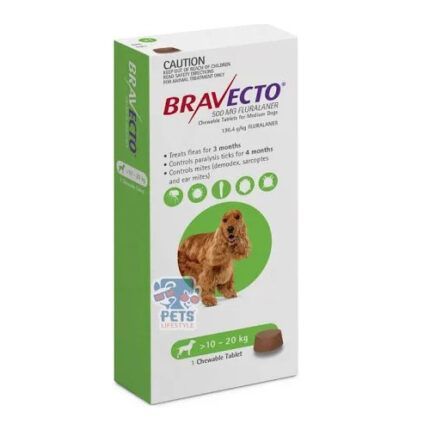
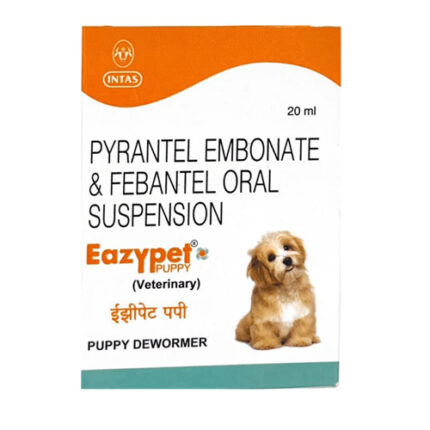
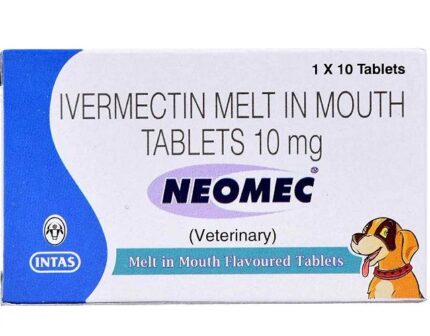
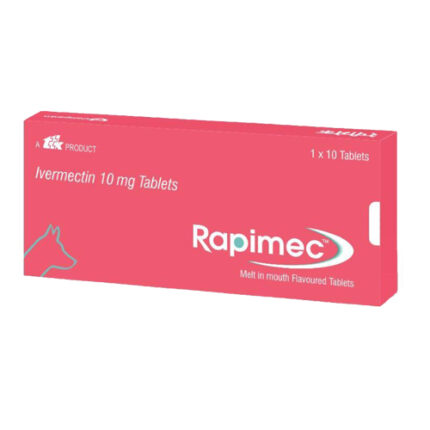
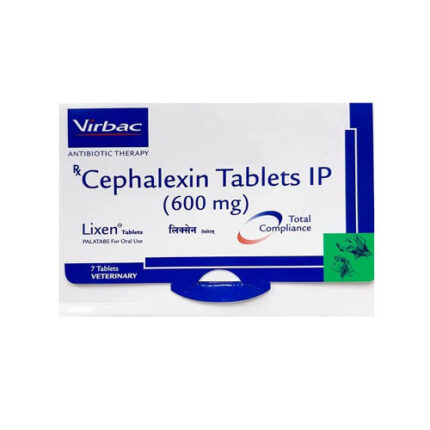
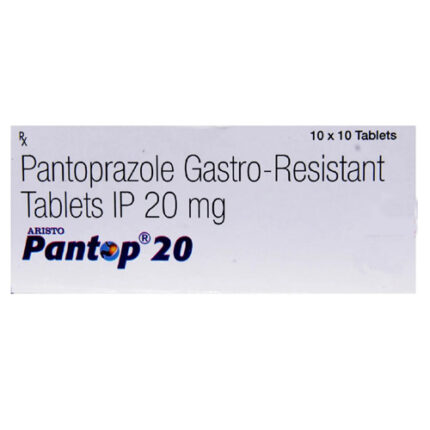
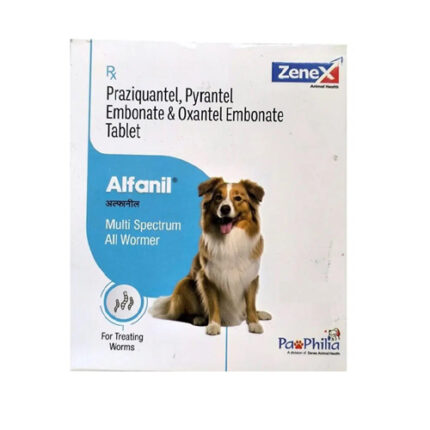
Reviews
There are no reviews yet.